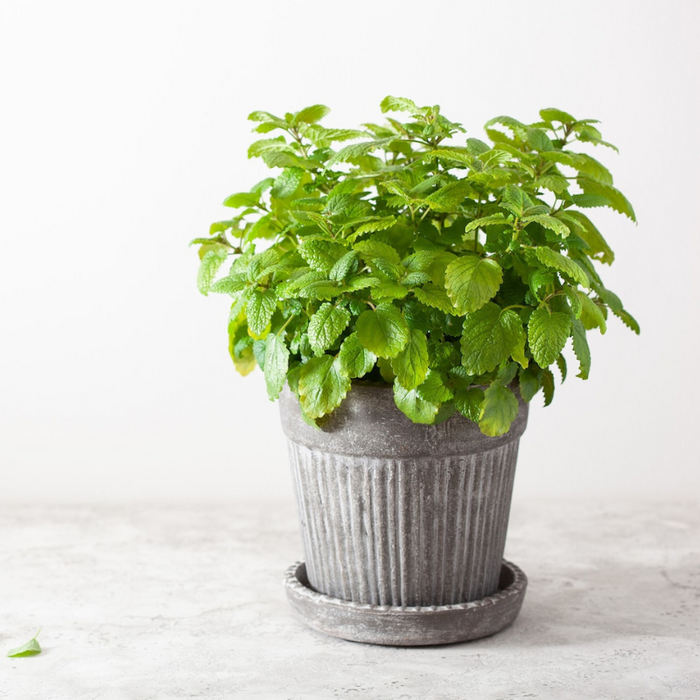
Lemon Balm Herb Seeds
Save 50%
Original price
$10.00
Original price
$10.00
-
Original price
$10.00
Original price
$10.00
Current price
$4.99
$4.99
-
$4.99
Current price
$4.99
Grow a citrus symphony in your garden with our Lemon Balm Herb Seeds. The harmonious blend of citrus notes from these herbs not only uplifts the senses but also provides a soothing remedy for focus. Known for their culinary applications, these seeds yield herbs that add a touch of lemony goodness to salads, desserts, and beverages. The citrusy aroma of these herbs contributes to a refreshing and uplifting atmosphere, creating a space for peace and elevating a sense of balance.
Details:







